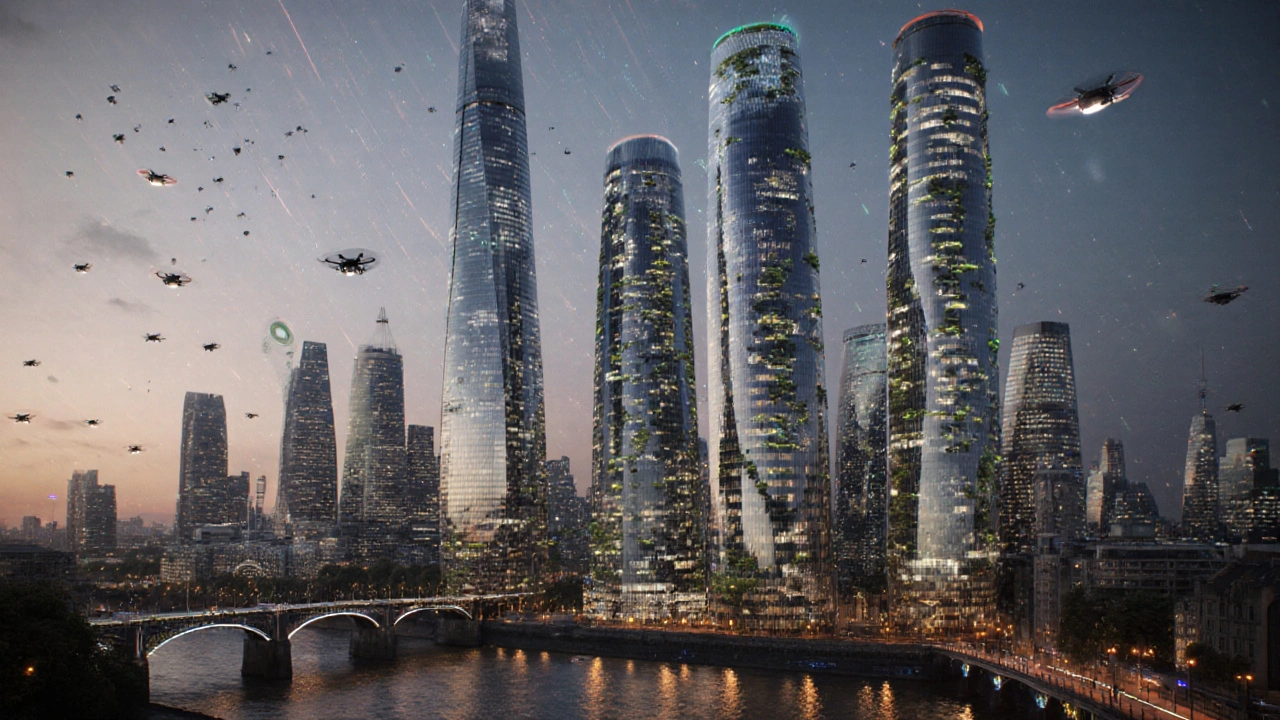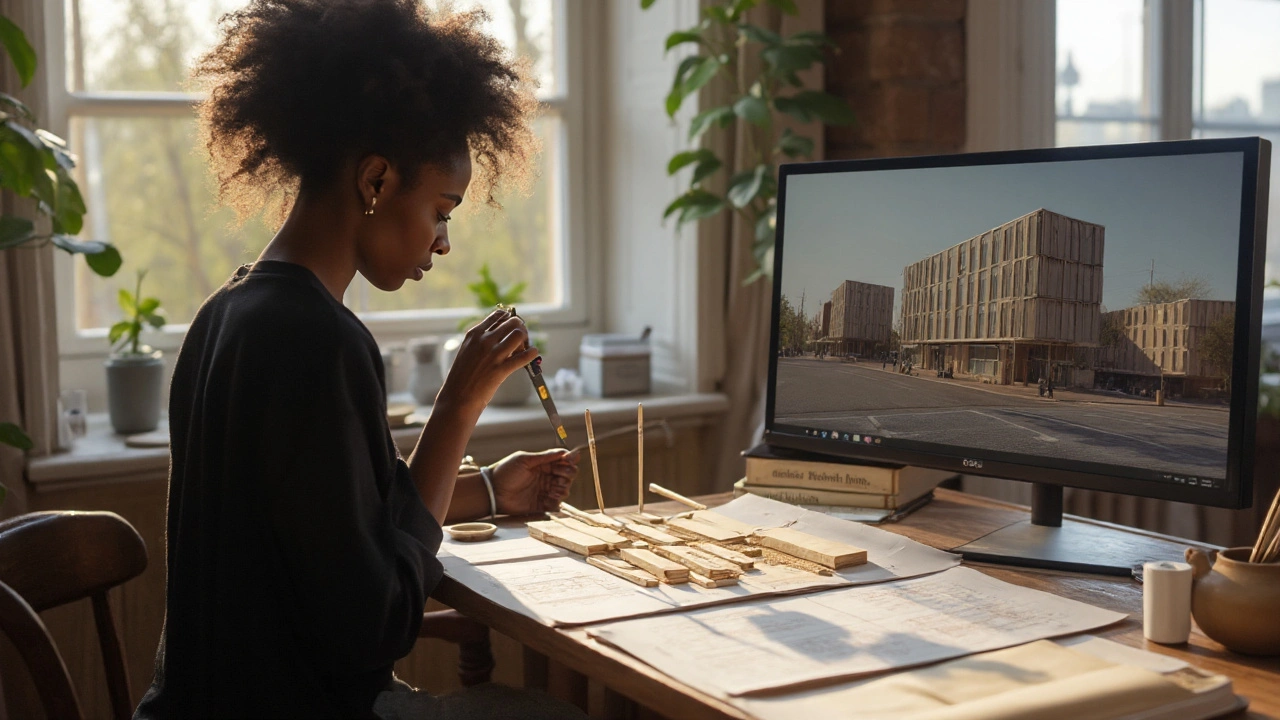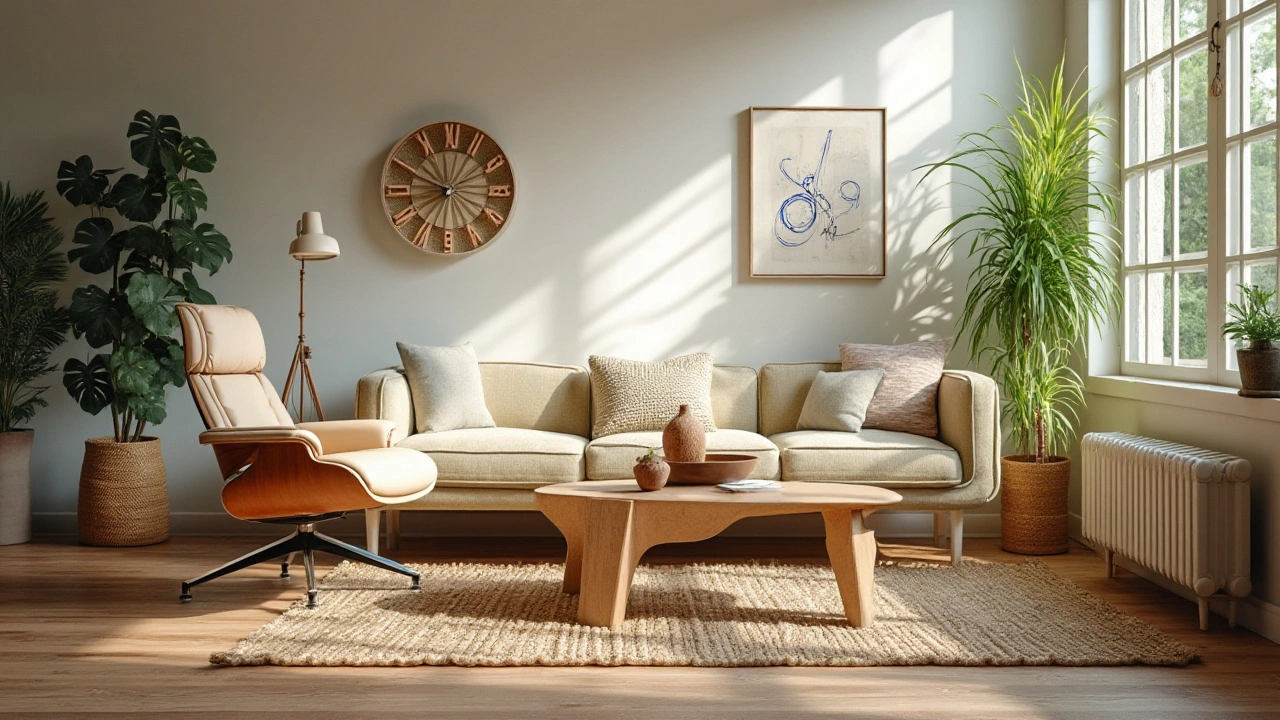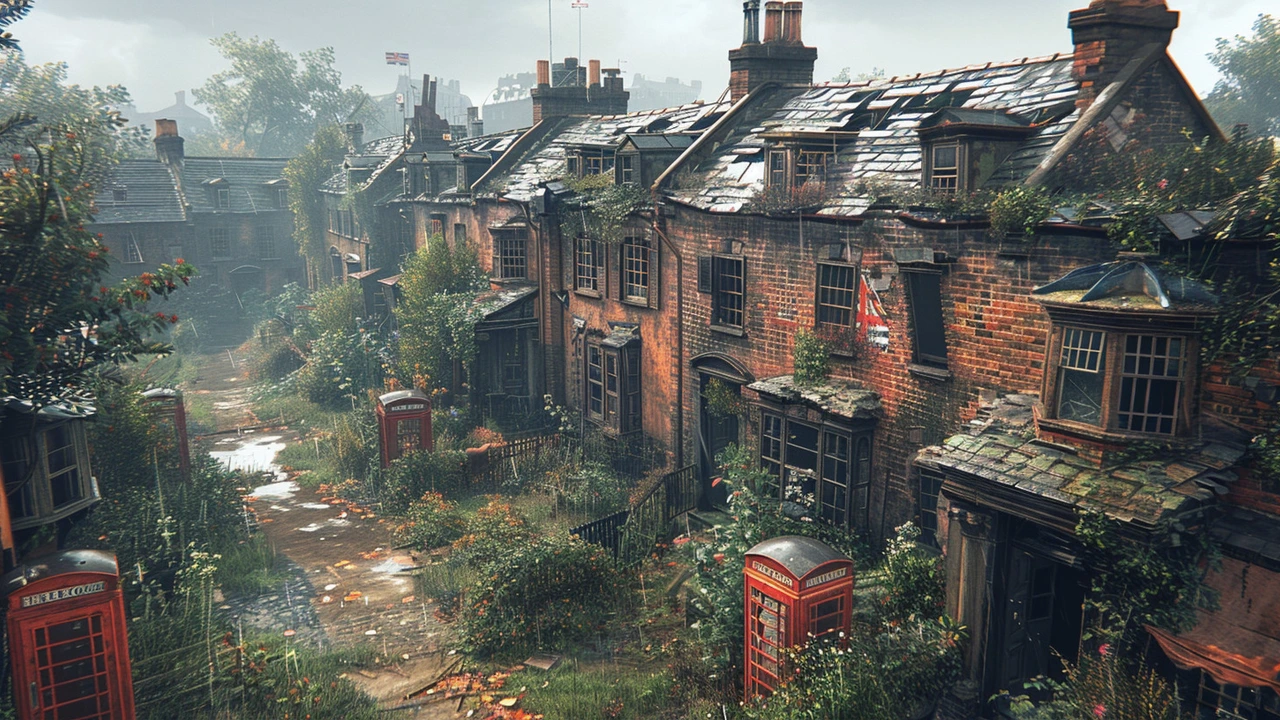Sustainable Design: Practical Tips for Greener Buildings
Sustainable design means making buildings that use less energy, water, and materials while staying comfortable and useful. You don’t need to be an expert to start—small choices add up. This page collects practical ideas you can use whether you are designing, renovating, or just dreaming about a greener place.
Start with site and orientation
Think about where a building sits and how it faces the sun. Orienting windows and rooms to capture winter sun and avoid hot summer exposure cuts heating and cooling needs. Use shading, deciduous trees, or simple overhangs to block high sun in summer and allow low sun in winter. Also preserve existing trees and soil where possible to reduce erosion and stormwater runoff.
Materials and energy choices that matter
Pick durable materials with low embodied carbon like recycled steel, responsibly sourced timber, or masonry. Choose insulation and airtight construction to stop drafts and lower energy use. Consider passive design strategies first, then add efficient systems such as heat pumps, LED lighting, and smart thermostats. Onsite renewable energy like solar panels can offset grid use and shrink bills over time.
Water matters too: install low flow fixtures, harvest rainwater for irrigation, and landscape with native plants that need less watering. For interiors, pick low‑VOC paints and finishes to keep indoor air healthy. And think about flexibility—design rooms that can adapt to new uses so buildings last longer and avoid waste from frequent renovations.
Don’t forget maintenance. A simple maintenance plan extends building life and keeps systems running efficiently. Teach occupants basic habits like using shading, adjusting thermostats modestly, and scheduling equipment checks. Behavior changes are free and often the quickest way to cut energy use.
Measure what you can. Use energy monitors, water meters, and simple checklists during construction and after occupancy. Data shows that tracked buildings are improved faster because problems are discovered early and fixed. If you can, aim for standards or certifications that match your goals, such as Passive House, LEED, or local green building programs.
Affordable upgrades often give the best returns. Air sealing, adding insulation, swapping old appliances for efficient models, and upgrading lighting are lower cost than big mechanical changes but yield steady savings. For deeper retrofits, combine envelope improvements with efficient heating and cooling to avoid oversizing systems.
Sustainable design also means choosing local labor and suppliers when possible to cut transport emissions and support the local economy. Finally, share lessons learned. Whether a small home project or a public building, documenting choices and results helps the next team build smarter and greener.
Start small this week: seal gaps, switch a few bulbs to LEDs, and set the thermostat back a degree or two. If you plan a larger project, map costs against energy savings and ask suppliers about recycled or local materials. Talk to neighbors, contractors, or local green building groups—they often share tips, bulk discounts, and real experience that save time and money. Start today and track progress.

High-Tech Architecture: Shaping the Future of Sustainable Design
Explore how high‑tech architecture combines smart materials, IoT, and 3D printing to create ultra‑sustainable buildings and meet future climate goals.
Read more
Reviving the Renaissance: How Renaissance Architecture Shapes Modern Design Today
A clear, practical guide to how Renaissance ideas-proportion, symmetry, order-shape modern architecture, with examples, checklists, and step-by-step tips.
Read more
Mid-Century Modern's Impact on Sustainable Home Design
The appeal of mid-century modern design goes beyond its sleek lines and iconic furniture; it holds a significant role in today's sustainable design movement. By emphasizing function, simplicity, and the use of natural materials, mid-century modern principles align seamlessly with eco-friendly practices. This style encourages both durability and an appreciation for craftsmanship, making it a perfect fit for sustainable living. This article explores how mid-century modern approaches can be applied to create greener, more sustainable homes today.
Read more
The Future of Urban Planning: Embracing High-Tech Architecture
High-tech architecture is revolutionizing urban planning by incorporating cutting-edge technology and sustainable practices. This approach combines smart design with modern technology to create efficient, adaptable, and environmentally friendly urban spaces.
Read more